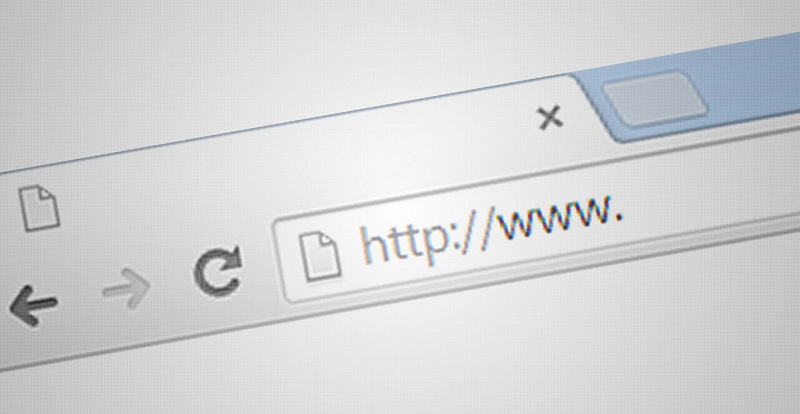Logos are a fundamental aspect of branding, serving as the visual cornerstone that represents a company’s identity. For small business owners and graphic designers, understanding the various types of logos and their unique characteristics can be pivotal in making informed design choices. This guide aims to break down the different types of logos, providing clear explanations and insights to help you navigate the world of logo design effectively.
Table of Contents
What is a Logo?
A logo is a graphic mark, emblem, or symbol used to aid and promote public identification and recognition. It can be an abstract or figurative design or include the text of the name it represents. Logos are designed to be instantly recognizable, helping to foster brand loyalty and communicate the essence of a business.
The Importance of a Well-Designed Logo
A well-crafted logo is more than just a pretty picture—it is a vital tool that communicates your brand’s values, mission, and personality. It helps distinguish your business from competitors, builds trust with your audience, and can significantly impact consumer perception and behavior.
Types of Logos

1. Wordmarks (Logotypes)
Wordmarks are text-based logos that focus on the company’s name. Using a unique and stylized typeface, wordmarks create a memorable and distinct identity.
Examples:
- Coca-Cola
- Visa
Ideal For: Businesses with a distinct and catchy name. Wordmarks work well when the brand name itself is distinctive and easy to remember.
2. Lettermarks (Monogram Logos)
Lettermarks are typographic logos that use the initials of the company name. They are particularly useful for businesses with lengthy names, providing a streamlined and visually appealing abbreviation.
Examples:
- IBM
- HBO
- NASA
Ideal For: Companies with long names or those that are better recognized by their initials.
3. Pictorial Marks (Logo Symbols)
Pictorial marks are icons or graphic-based logos. These logos use an image or symbol to represent the brand, creating an immediate association with the company.
Examples:
- Apple
- Shell
Ideal For: Companies that want to create a strong visual connection with their audience. Pictorial marks are effective when the symbol chosen has a clear and direct link to the brand.
4. Abstract Marks
Abstract marks are a type of pictorial logo. Rather than a recognizable image, these logos use abstract geometric forms to convey the brand’s identity.
Examples:
- Pepsi
- Adidas
- BP
Ideal For: Brands that wish to evoke specific feelings or concepts without being tied to a literal image. Abstract marks offer flexibility in interpretation and can be highly distinctive.
5. Mascots
Mascot logos incorporate a character or spokesperson that represents the company. These logos are often colorful, cartoonish, and serve as a brand ambassador.
Examples:
- KFC (Colonel Sanders)
- Michelin (Michelin Man)
- Planters (Mr. Peanut)
Ideal For: Companies aiming to create a friendly and approachable brand image. Mascots are effective in engaging audiences and are particularly popular among family-friendly brands.
6. Combination Marks
Combination marks integrate text and symbols, creating a cohesive logo that encompasses both elements. These logos provide versatility, as the text and icon can be used together or separately.
Examples:
- Doritos
- Lacoste
- Burger King
Ideal For: Businesses that want both verbal and visual elements to be associated with their brand. Combination marks offer flexibility in branding applications.
7. Emblems
Emblem logos feature text inside a symbol or icon. These logos often resemble badges, seals, or crests, giving a traditional and authoritative feel.
Examples:
- Starbucks
- Harley-Davidson
- NFL
Ideal For: Organizations looking to convey a sense of tradition and longevity. Emblems are common among educational institutions, government agencies, and sports teams.
Choosing the Right Type of Logo
Selecting the appropriate type of logo for your business depends on various factors, including your brand’s identity, target audience, and industry. Here are some considerations to keep in mind:
- Brand Personality: Your logo should reflect your brand’s personality. A playful company might benefit from a mascot logo, while a tech firm might lean towards a sleek wordmark or abstract mark.
- Audience: Understanding your target audience can guide your logo choice. Consider how different demographics might perceive various logo styles.
- Versatility: Ensure your logo is versatile and scalable. It should look good on a business card, website, or billboard.
- Industry Norms: While it’s important to stand out, being mindful of industry standards can also be beneficial. For example, law firms often use wordmarks or emblem logos to convey professionalism and trustworthiness.
Conclusion
In the competitive world of branding, a thoughtfully designed logo can be a powerful asset. Whether you’re a small business owner embarking on a new venture or a graphic designer seeking to expand your knowledge, understanding the different types of logos is essential. Each type offers unique advantages and can be tailored to fit the specific needs of your brand.
Remember, your logo is often the first impression potential customers will have of your business. Investing in a well-designed logo that accurately reflects your brand’s identity can pay dividends in building recognition, trust, and loyalty.
For those ready to take the plunge into logo design, consider collaborating with professional designers or leveraging design tools to create a logo that stands the test of time. With the right approach, your logo can become a quintessential symbol of your brand’s success.



















